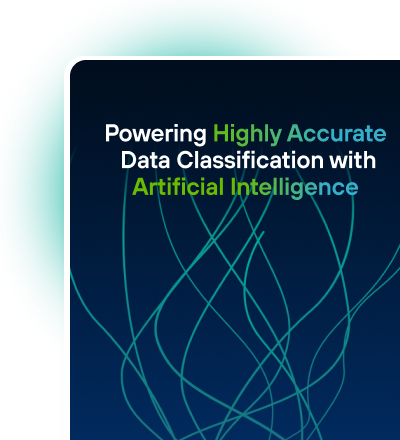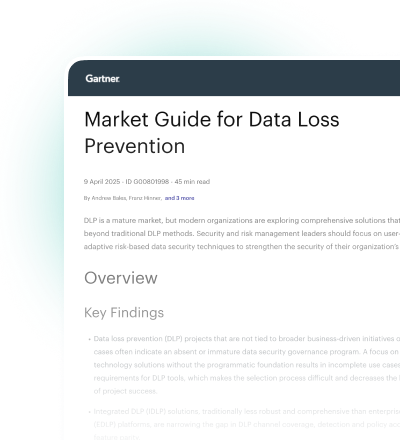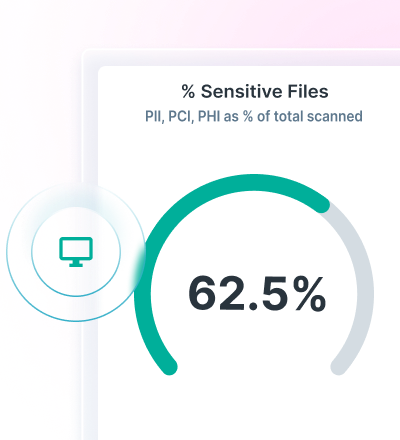Forcepoint DLP
データ損失を防止。 コンプライアンスを簡素化。
80カ国以上で利用できるすぐに使えるコンプライアンスで、データを優れた可視化し、制御します。
Forcepoint DLP Software Sets the Standard
Forcepoint is synonymous with Data Loss Prevention due to its well-known, mature platform, extensive classifier and template library, and unified approach to policy management. Download the chart to see how Forcepoint DLP software compares with other vendors.
Read Full ComparisonData Protection
20%
40%
60%
80%
100%
Forcepoint
Legacy Vendors
Limited DLP
Vendors
Forcepoint DLPソフトウェアと競合他社
Forcepoint | 従来のベンダー | DLPの一部機能を提供するベンダー | |
データ保護
| |||
統合データ保護対象
| |||
リスク適応型保護
| |||
自動化とエコシステム
|
免責事項:製品比較は、2024年5月7日現在で同じベンダーから入手可能な製品内機能とクロスポートフォリオ統合に基づいています。比較に含まれていないのは サードパーティベンダーとの統合です。 機能の比較は、2024年5月7日時点で各ベンダーが提供する最新バージョンに基づいています。情報は以下のとおりです: 2024年5月7日時点で公開されたウェブサイトやフォーラム、アナリスト論文、製品データシートから収集されたデータ。
Forcepointがトップ評価のDLPベンダーである理由
どこでもデータ損失を防ぐ
ユーザーがデータとやり取りする場所でセキュリティインシデントをリアルタイムで監視し、ブロックします。
世界中でコンプライアンスを合理化
1,700以上の分類子とポリシーテンプレートでポリシーの設定と管理を合理化し、PIIとPHIを特定し保護します。
リアルタイムでリスクに適応する
ユーザーの行動をコンテキストに設定してリスクを予測し、ポリシーを自動的に調整して、事前にセキュリティを防止します。
設定とレポートを統合
1つのプラットフォームとダッシュボードから、クラウド、ウェブ、電子メール、エンドポイントのポリシーを作成、管理、レポートします。


DLPへの実践的エグゼクティブガイド
DLPの実践的エグゼクティブガイドでDLPソフトウェアソリューションの機能を確認してください。 DLPの優れている点を見つけ出し、DLPソフトウェアを実装するための8つの重要なステップを探り、新しく採用したDLPから迅速に価値を生み出す方法に関する独自のインサイトを得てください。
Why Other DLP Solutions Can't Beat Forcepoint

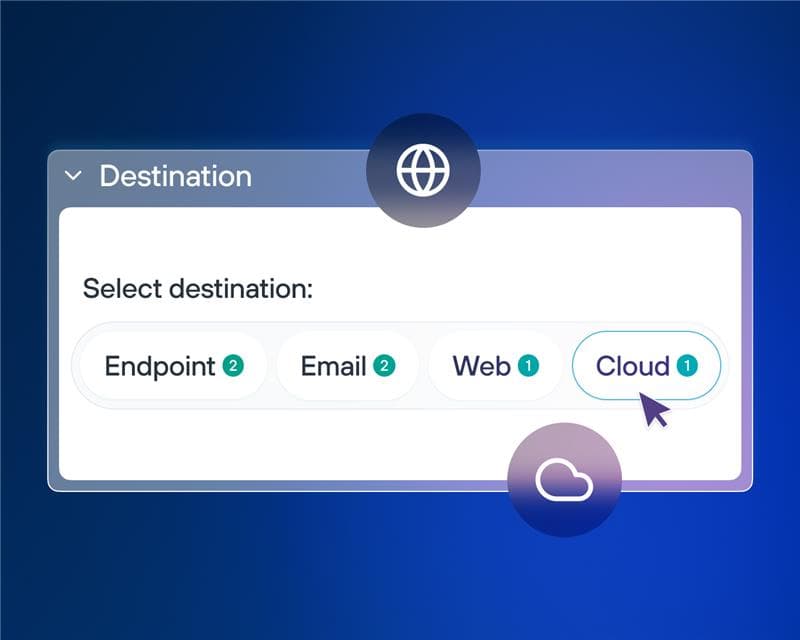


Our patented fingerprinting technology and advanced AI mesh classification engine provide unmatched accuracy in identifying and classifying sensitive data, even in complex formats and custom documents.

Protect data across SaaS applications, web traffic, email communications, endpoints, and network channels with a unified approach that eliminates security gaps.

Reduce administrative burden with intuitive dashboards, automated incident response workflows, and real-time alerts that prioritize the most critical issues.

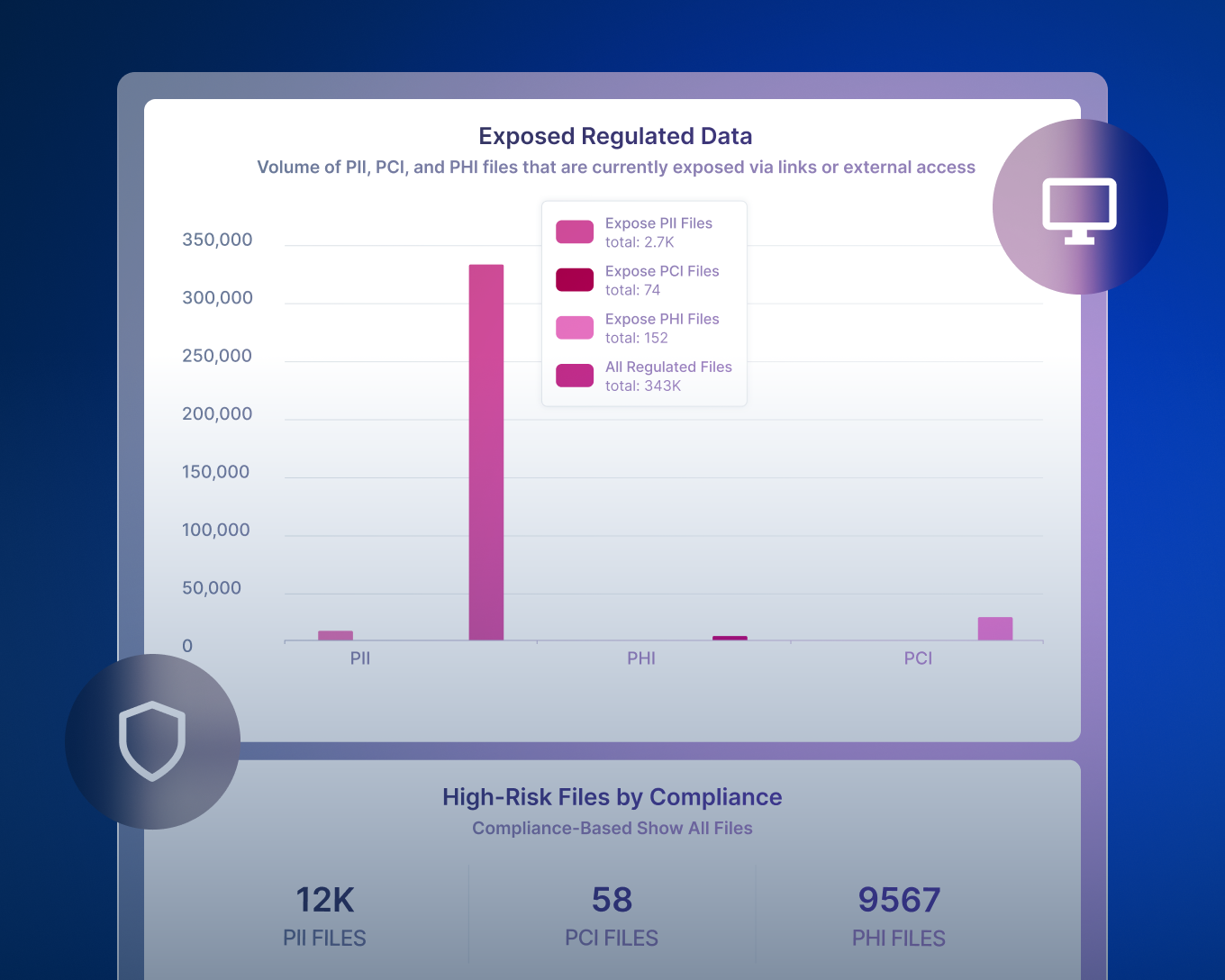
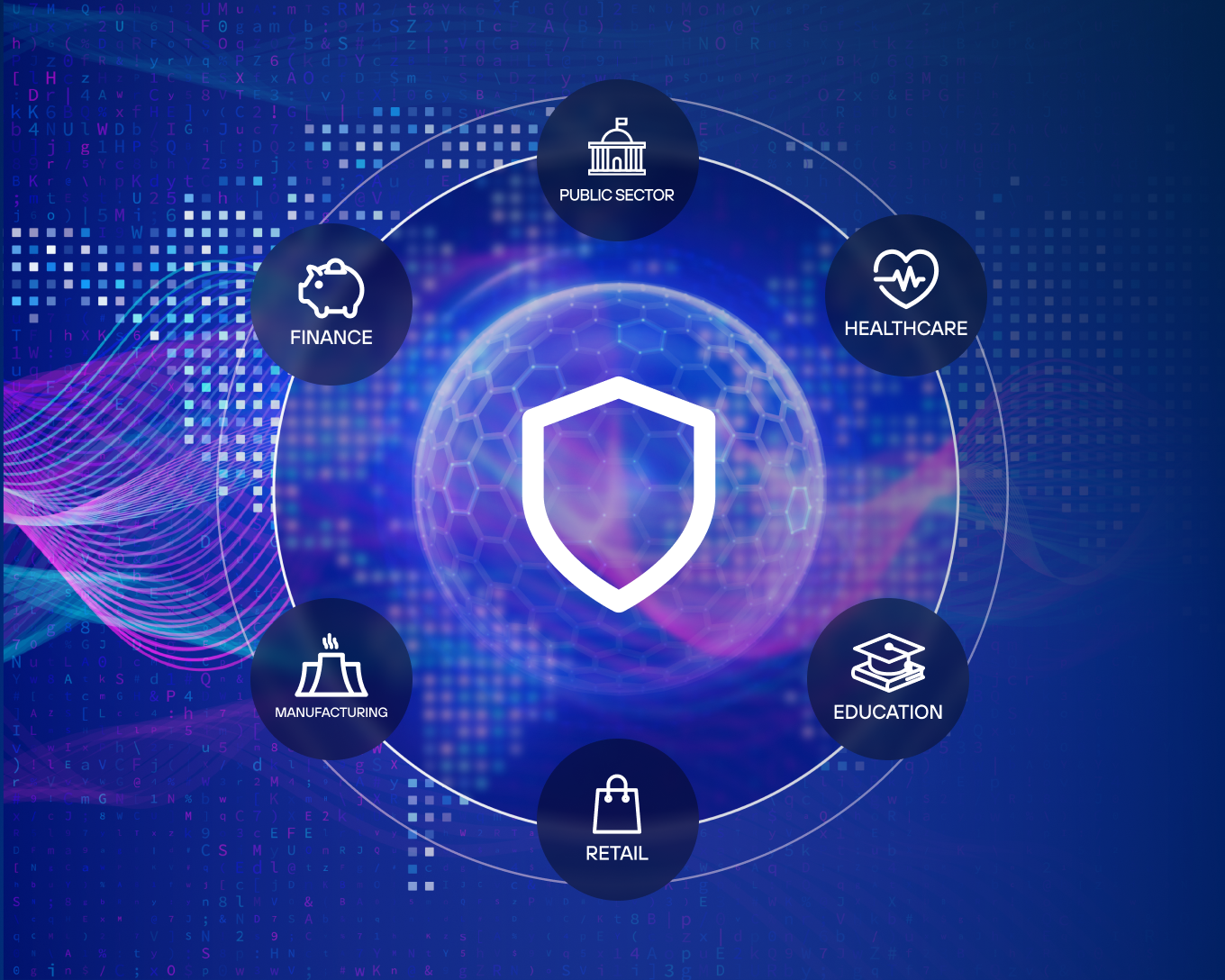

Leverage artificial intelligence to discover, classify, and monitor structured and unstructured data with highly accurate enforcement that reduces false positives and adapts based on context and user behavior.

Control how sensitive data is shared with ChatGPT and other generative AI platforms, allowing organizations to embrace AI transformation while preventing unauthorized data exposure and maintaining compliance.

From GDPR to HIPAA, Forcepoint DLP automatically adheres to your industry’s requirements.
DLPの導入:クラウドまたはオンプレミスで
お客様固有のニーズと課題に合った完璧なDLPソリューションを見つけましょう。 Forcepoint DLP SaaSをクラウドまたはForcepoint DLPのオンプレミスに展開し、Forcepointのプロフェッショナルサービスチームまたはパートナーのサポートを受けましょう。スムーズな実装を実現します。わずか6週間で価値を実現する時間を確認してください。
お客様の声
お客様の声






アナリスト推奨。
ユーザー承認。
Forcepointは、ユーザーと業界アナリストにより、一貫して情報漏えい防止ソフトウェアソリューションとデータセキュリティソフトウェアプロバイダーのトップにランク付けされています。
Forcepointは、IDC MarketScape: Worldwide DLP 2025 Vendor Assessmentで「リーダー」に選出されました。
Forcepointは、Frost & Sullivanから2年連続で2024年のグローバルDLPカンパニー・オブ・ザ・イヤーに選ばれました。
Forcepointは、2025年第1四半期のThe Forrester Wave™: Data Security Platformsで、 強力なパフォーマー に認定されました
Frequently Asked Questions
What is Data Loss Prevention (DLP)?
Data Loss Prevention (DLP) refers to a set of technologies and strategies designed to prevent sensitive data from being lost, misused or accessed by unauthorized users. Forcepoint DLP protects data in motion, at rest and in use—across endpoints, networks and cloud environments—to ensure your critical information stays protected. Our solution combines advanced analytics and policy enforcement to help stop data breaches.
How does DLP work?
DLP uses multiple tools to identify sensitive information within an IT environment, monitor data flow in and out of the organization and block sensitive data from leaving the organization based on security policies.
What is a DLP policy?
A DLP policy is a set of conditions that define how sensitive data should be handled within an organization. These policies help prevent unauthorized access, accidental leaks or intentional data exfiltration. With Forcepoint DLP, you can create customizable policies tailored to your business needs, ensuring data is protected across endpoints, networks and cloud environments.
How do DLP policies work?
DLP policies define how data should be handled based on its sensitivity, user roles and regulatory requirements. With Forcepoint, policies are customizable. Our policy engine also helps with maintaining global compliance standards like GDPR and CCPA.
What is DLP software?
DLP software is a security solution that helps organizations prevent the loss of sensitive and valuable information by ensuring that data assets are adequately protected, stored and used.
What is a DLP system and how do they work?
A DLP system is a comprehensive solution that helps prevent data breaches by monitoring, detecting and blocking the unauthorized movement of sensitive data. Forcepoint uses artificial intelligence to discover, classify and monitor structured and unstructured data with highly accurate enforcement that reduces false positives and adapts based on context and user behavior. Forcepoint’s unified approach to policy enforcement ensures consistent protection across all data channels.
What are the capabilities of DLP?
DLP can help your organization stay ahead of evolving threats, ensure regulatory compliance and protect sensitive data effectively and efficiently. Capabilities include policy creation and enforcement, incident response and reporting, compliance and regulatory support and more.
Do organizations need DLP?
Absolutely. If your organization handles Personally Identifiable Information (PII), Protected Health Information (PHI), Payment Card Information (PCI), intellectual property or operates in a BYOD environment, DLP is essential. Forcepoint DLP helps you prevent accidental leaks, insider threats and external attacks—protecting your brand, customers and bottom line.
What is data leakage?
Data leakage is the unauthorized or unintentional transmission of sensitive data outside your organization. This can happen through email, cloud apps, removable media or even printed documents.
What are best practices for implementing DLP?
Forcepoint recommends the following best practices:
Identify and Assess: Identify where your sensitive data resides and how it flows.
Classify Data: Use automated tools to label data based on sensitivity and compliance needs.
Establish Policies: Define clear rules for how data can be accessed, shared and stored.
Centralize Oversight: Avoid fragmented DLP efforts by unifying policy management across departments.
Train Employees: Educate users on data handling best practices and reinforce with real-time coaching.
What is the difference between network, endpoint and cloud DLP?
Endpoint DLP protects data on individual devices.
Network DLP monitors and controls data in motion across your network.
Cloud DLP secures data stored in or moving through cloud services.
Forcepoint DLP unifies policy creation and enforcement across all three, giving you consistent protection and simplified management across your entire data ecosystem.
What is endpoint DLP?
Endpoint DLP protects data on devices like laptops, desktops and mobile phones. Forcepoint DLP monitors how users interact with data and applies real-time enforcement to prevent unauthorized actions.
What is network DLP?
Network DLP monitors data in motion across your organization’s network. It identifies and blocks risky behavior—whether from insiders or external threats—before data can leave your environment. Forcepoint DLP offers deep visibility and control over data transfers, helping ensure compliance and reduce the risk of breaches.
What is cloud DLP?
Cloud DLP safeguards data stored in and moving through cloud services. Forcepoint DLP can augment and enhance platforms like Google Workspace and Microsoft 365.
Can Forcepoint DLP protect data on cloud applications like Google Workspace and Microsoft 365?
Absolutely. Forcepoint DLP can augment and enhance Google Workspace and Microsoft 365.



